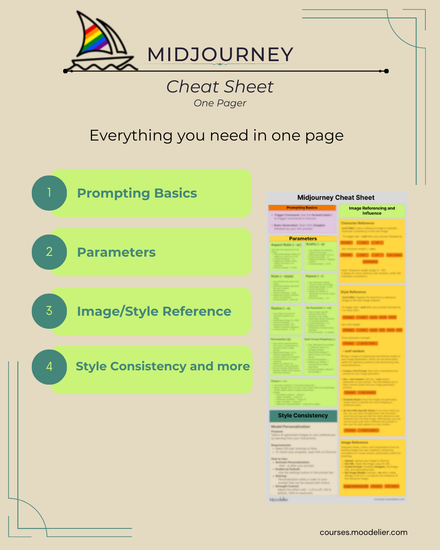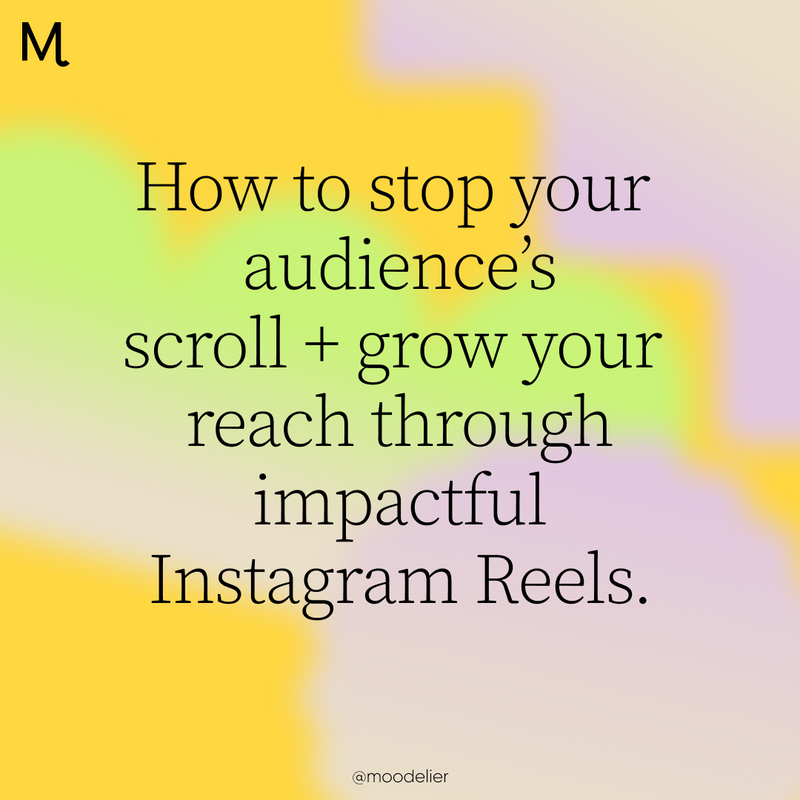Choosing the perfect brand voice and personality for your business is daunting. On the surface, the idea seems simple: just pick a personality out of thin air (likely very close in nature to who you inherently are, too), and go with it, right?

Well, if you’re operating as a solopreneur or even running things with a small team, your creative brand should be an extension of yourself - but it shouldn’t be entirely you, either. Confused yet? (Don’t worry, we were too)
The perfect brand identity offers a slice of your personality, and a bit of your voice - while also taking on a life and presence of its own. Many people follow two polar opposite approaches: they’ll either create a brand that only suits their ideal audience, or they’ll create a brand that is so personal, it’s unclear where they stop, and their work starts.
In both cases, both brands lose touch of the fact that as a business owner, you can (and should) have a personal and unique business that connects with others. But you can (and should) also allow your brand to take on a legacy and life of its own, too.
So we’re here to help you strike the perfect balance while creating the brand personality and voice of your dreams. But before we get started, just remember: there’s strength in allowing a bit of humanity and personality into what you do, and what you create.
Don’t get tied up in trying to over perfect things, okay?
Step 1: Determine Your Target Market
The goal is to create a brand identity that not only stays true to you, but also speaks to your target market. In other words, you want to do your best to speak the language of the audience you intend to serve.
As an example, if you were to target Gen Z and Millennials, you’d need to take the time to learn what kinds of content and media those two groups of people are enjoying. This’ll allow you to step into the eyes of your audience, while understanding what they respond well to, and what they dislike.
Take a moment to determine and define who you’d like to sell and speak to, and then do some research into what that avatar enjoys. Your final brand voice and content strategy will thank you for it!
Step 2: Differentiate Your Personality and Voice
Your brand personality and brand voice are two entirely different things. Your brand personality is just that: your brand’s persona and personality, likes and dislikes, opinions and humor. Your brand voice encompasses how you bring your brand’s personality to life through your words, copy and content.
As an example, we at Moodelier have taken on a friendly and casual, yet slightly mysterious personality. With those words in mind, we’ve created content buckets and utilize specific language to better evoke our personality.
Our recommendation? Open up a blank document (or grab a pen and paper) and:
- Write out your brand personality based on your target market.
- With that brand personality in mind, choose a handful of words, phrases, and content ideas that would be a good fit to bring that brand personality to life.
Start simple, and start small. You can continue to develop your brand identity over time!


Step 3: Choose Your Signature Element or Theme
Once you’ve perfected your brand personality and voice, you’ll want to add the final cherry on top: your signature element or theme. Think of this as something you’ll utilize to remain unmistakeable.
As an example, we use variations of the word “Mood” across all of our content. We feature cute sign offs in our emails and blogs, or implement fun hashtags for a playful touch.
You might recall that we had the chance to join Sophia Amoruso’s Business Class, which plays with passport and flight themes throughout the curriculum. Sophia took things a step further and implemented that flight theme throughout the entire experience - from the initial sales page, through the course, and even beyond that (all course attendees are called “Passengers”).
Depending on your brand personality and voice, your signature theme could include a fun name for your customers, a one-liner, a brand mark or a phrase.
Step 4: Create Your Brand Deck
As with all masterpieces, your brand’s voice and personality need to be documented, right?
Soon after developing your brand’s identity, It can be easy to feel confused or become influenced by outside factors (trends and content, for example). Give your brand voice and personality a home base - something to refer back to if you ever need to hit the reset button.










New Comment